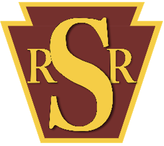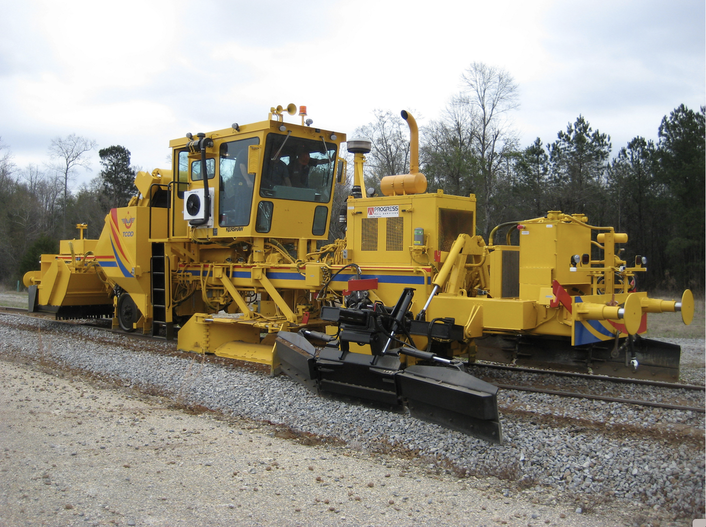Education - Part 5C2
Maintenance of Way - Track Bed
Track Bed Maintenance
MOW tasks parallel the discussion of infrastructure earlier. Maintenance of the track bed is imperative because it is the foundation for all other infrastructure components.
Over time, the track bed takes a serious pounding as heavy trains pass along the various railroad routes. The Earth is in motion at all times and this means the track bed is in motion (whether a train is passing or not). Changes are usually quite slow, but significant changes can occur quickly. Landslides, sinkholes, floods, earthquakes and other natural events can occur and when they do it is almost always bad for a railroad (see Dealing with Nature).
Changes in track bed are usually detected through surveying results compared with previous results or engineering drawings and standards. Special equipment is used to measure and evaluate track geometry, rail conditions and rail structural defects. See ENSCO for example. Also see Loram, SperryRail, UP, ENSCO and ProgressiveRailroading.
Track bed changes often manifest themselves in changes in horizontal or vertical curvature (humping or slumping) usually over considerable distance. Such changes may be the result of drainage problems, deterioration of ballast or heat expansion of the rails. Railroads employ specialized equipment that lifts or undercuts track, removes, cleans, augments and/or replaces and then tamps ballast. Ballast not only supports the ties and rails, it helps drain water away from the track and stabilizes track geometry. The following figure shows a piece of equipment useful for ballast shaping, shoulder profiling and other related operations.
Other Issues
Railroads may be built in almost any geographical conditions. In tropical conditions, it is often difficult to create a firm foundation for trackage. Heavy rains and generally moist conditions adversely affect the road bed, requiring more frequent maintenance. However, an Australian company, JD Rail Solutions, Pty. Ltd. has developed a product called SmartTrack(TM) that is claimed to solve a number of problems encountered on ballasted track. Click here to see a brief video of SmartTrack use in tropical settings. The product may also be useful in sandy or dirty conditions.


